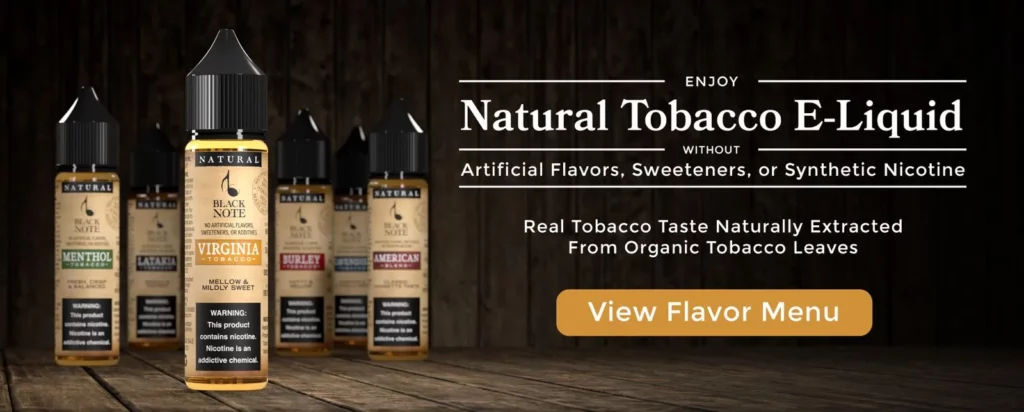The Food and Drug Administration (FDA) has long been tasked with regulating the tobacco industry and protecting public health. However, recent criticisms have arisen over the FDA’s lack of clear strategy and goals for regulating the vaping industry. This lack of direction has caused concern for the vaping industry, as well as for public health advocates who want to see the industry regulated in a way that promotes safety and reduces harm.
“The lack of strategy and goals for regulating the vaping industry is particularly concerning given the recent rise in youth vaping.”
Article Sections
- FDA’s inconsistent guidelines for vaping
- FDA lacks specific goals for vaping
- Youth vaping on the rise
- FDA’s actions criticized for youth vaping
- Hope for more proactive FDA approach
- Importance of comprehensive vaping regulation
- Key Takeaways
FDA’s inconsistent guidelines for vaping
One of the main criticisms of the FDA’s approach to vaping is that it has failed to establish clear and consistent guidelines for the industry. This has led to confusion and uncertainty for vaping companies, who are left wondering what standards they need to meet in order to remain compliant with the FDA. Furthermore, the lack of guidance has also hindered the ability of public health researchers to understand the risks and benefits of vaping, making it difficult to effectively regulate the industry.
FDA lacks specific goals for vaping
Another major concern is that the FDA has not set any specific goals for regulating the vaping industry. Without clear objectives, it is difficult for the agency to measure its progress and ensure that it is effectively protecting public health. Additionally, the lack of goals makes it difficult for policymakers to determine the best course of action for regulating the industry.
Youth vaping on the rise
The lack of strategy and goals for regulating the vaping industry is particularly concerning given the recent rise in youth vaping. The Centers for Disease Control and Prevention (CDC) has reported a significant increase in the number of teens using e-cigarettes, with over 5 million middle and high school students using e-cigarettes in 2019. This trend is alarming, as youth vaping has been linked to an increased risk of smoking and other negative health outcomes.
Ready to Quit Smoking? Take Our 15-Second Quit Smoking Survey Today
FDA’s actions criticized for youth vaping
The FDA has taken some steps to address the youth vaping epidemic, such as implementing a flavor ban for certain e-cigarette products and increasing enforcement actions against companies that market to youth. However, these actions have been criticized for being too little, too late, and for not going far enough to protect young people from the risks of vaping.
Hope for more proactive FDA approach
Despite the concerns about the FDA’s lack of strategy and goals for regulating the vaping industry, there is hope that the agency will take a more proactive and comprehensive approach in the future. In 2020, the FDA announced it was planning on releasing a comprehensive plan to tackle youth usage of e-cigarettes, and also announced it would be taking steps to speed up review of e-cigarettes products that have been on the market prior to 2018. In addition, the recent appointment of new leadership at the FDA could signal a shift in the agency’s approach to vaping regulation.
Importance of comprehensive vaping regulation
In conclusion, the lack of clear strategy and goals for regulating the vaping industry by the FDA has caused concern for the vaping industry, as well as public health advocates who want to see the industry regulated in a way that promotes safety and reduces harm. The recent rise in youth vaping only amplifies the importance of the FDA taking a more proactive and comprehensive approach to vaping regulation, and the new leadership at the FDA could signal a shift in the agency’s approach to vaping regulation. It is important for the FDA to establish clear guidelines, set specific goals, and take strong action to protect young people from the risks of vaping.
Key Takeaways
- Lack of clear FDA guidelines causes uncertainty for vaping companies and public health researchers
- FDA needs specific goals to measure progress and effectively protect public health through vaping regulation
- Recent rise in youth vaping emphasizes the need for a more comprehensive and proactive approach from the FDA.
Want more articles like this one delivered straight to your inbox?
Use our “Stay in Touch” form below to get up-to-date news, tips and discounts on vape devices and juices.









